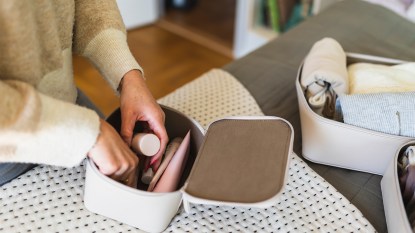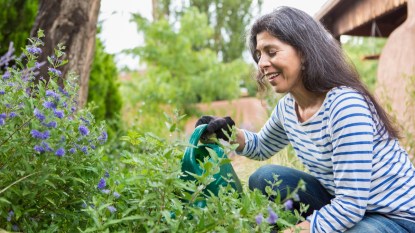4 Ways You’re Killing Your Plants — And How to Fix It
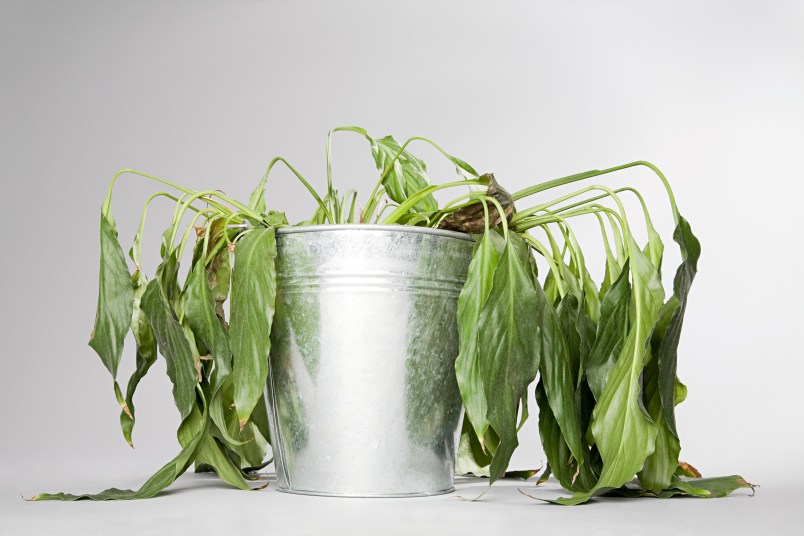
Even those with the greenest of thumbs can wind up with a dying plant on their hands. In fact, it’s not uncommon for plants to die from being cared for too much. Excessive watering, too much sunlight, or being constantly moved around and repotted can be just as harmful as neglect — so beware. Some indoor plants are easier to keep happy than others. While fiddle-leaf figs can survive on a weekly water and moderate levels of sunshine, a Boston fern should be kept moist at all times and will burn if left in direct sunlight. Most indoor plants require different levels of sun, water, and care, so knowing what works best for your greens will help you leap over these five common hurdles.
1. Overwatering
Overwatering through the winter when most plants go into dormancy is a common error. In most instances, you will need to decrease watering to once every two weeks. Otherwise, the roots may sit in water, which can cause root rot. Other side effects of overwatering are leaves wilting and yellowing, or starting to drop off and turn brown.
2. Scorching and Burning
Scorching and burned leaves can also be a problem for some house plants. Too much direct sunshine can harm delicate leaves, so if you notice brown marks and crispy edges, then move your plant to another position. A lack of sun can also be a problem as it may stunt the growth of the plant or stop the plant from flowering. If this happens, find a new home for your plant.
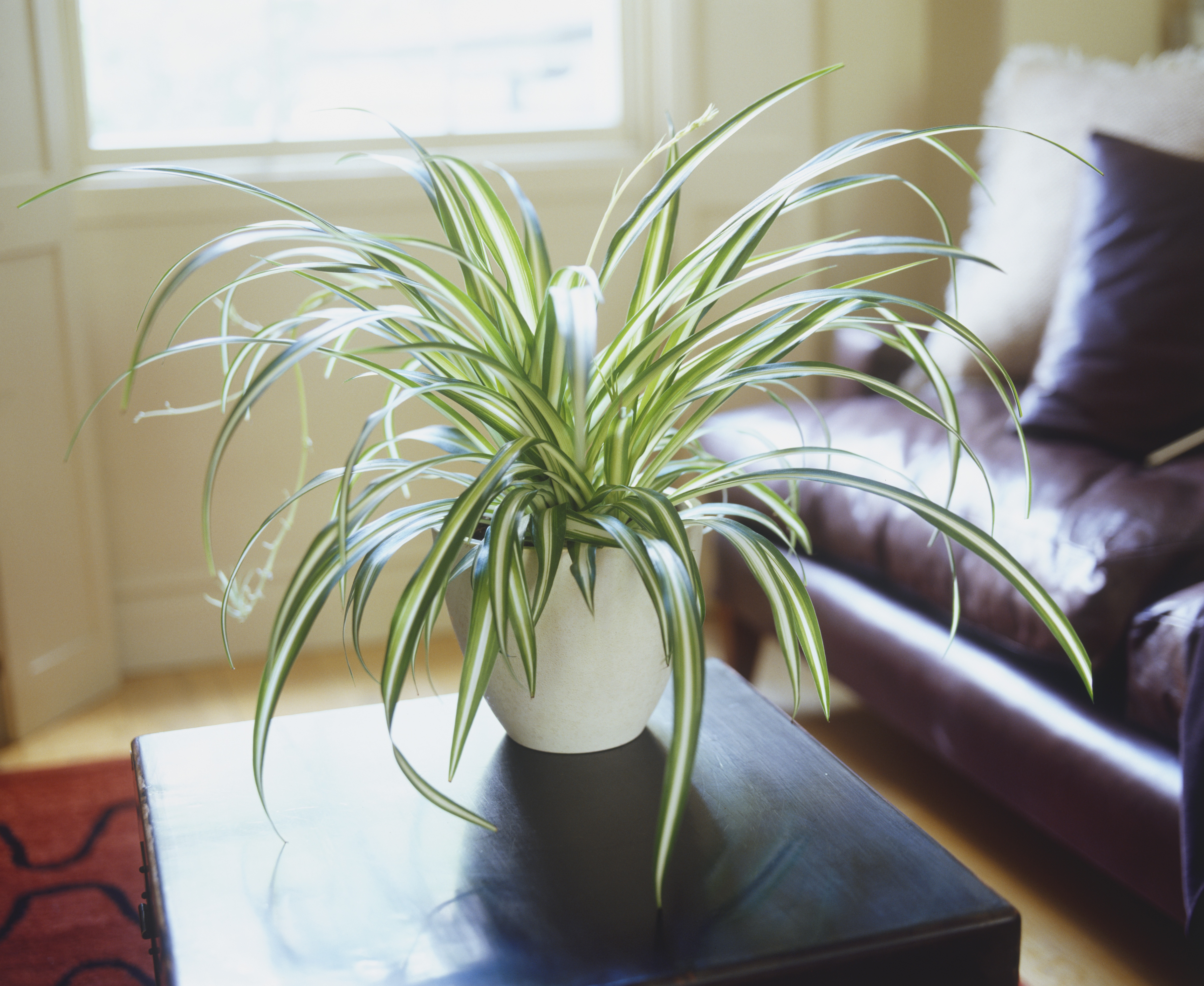
(Photo Credit: Getty Images)
3. Pests
If the compost is too damp for your plants, this can attract lots of pests, including the fungus gnat or sciarid fly. These tiny black flies deposit their larvae in the damp compost and are mostly harmless to the plants. The best solution is to allow the compost to dry out completely between watering or to repot the whole plant. One way to prevent pests from making their home in and around your plant is to remove any wilting leaves or dead matter that has accumulated in the pot below the plant, as this provides the perfect environment for mealy bugs and spider mites to thrive.
4. Not Repotting
If you have had a plant for a while and have noticed no signs of growth, there are a number of possible culprits. It could be due to underwatering in the summer or overwatering in the winter. Another possible cause is stunted growth, which can happen when you haven’t repotted your plant for a long time. Plants should ideally be repotted as they grow. If a plant is not repotted, its roots can become cramped and root-bound.
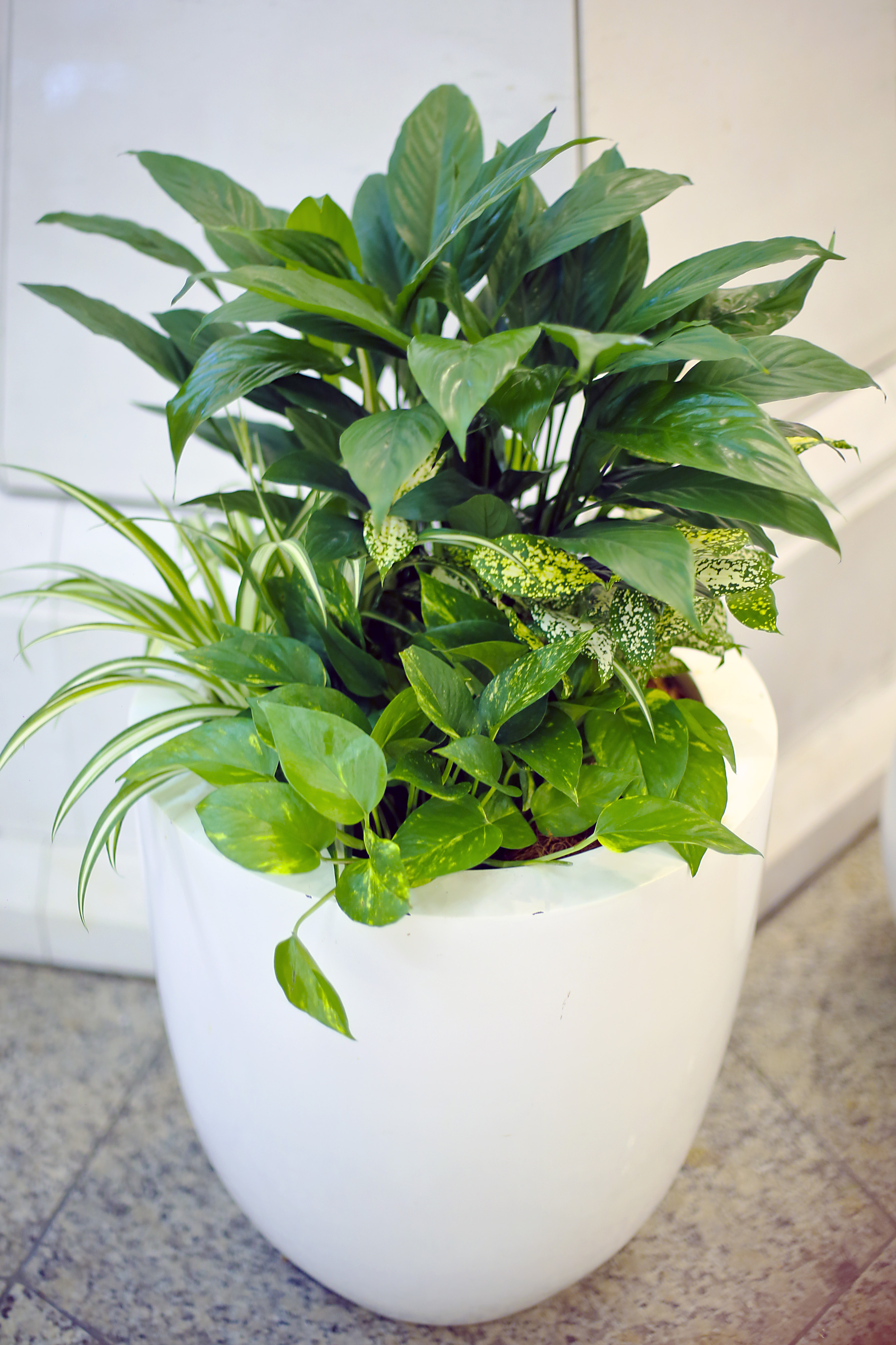
(Photo Credit: Getty Images)
What to Do If Your Plant Is Shedding
If your plant seems to be shedding a lot of leaves, this could be an indication that there has been a change in temperature or that you are underwatering. It is important to be aware that shedding is a natural process by which plants self-propagate. If you are concerned, then try moving your plant to a new location.
This is an edited extract from The Little Book of House Plants and Other Greenery by Emma Sibley, published by Quadrille RRP $12.99 and is available where all good books are sold.
This article was written by Emma Sibley. For more, check out our sister site, Homes to Love.
More From FIRST
The Best Herbs to Grow Indoors to Give Your Kitchen a Little Green
Dust Might Be Killing Your House Plants — But Here’s How You Can Save Them
Affordable, Adorable Home Decor to Spruce up Any Room in the House


